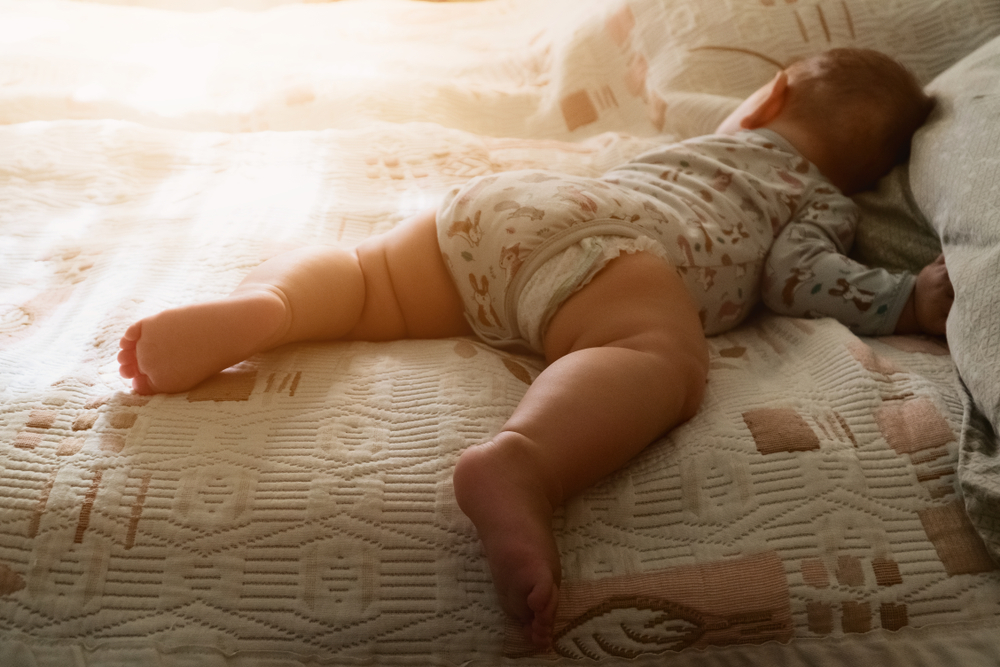
Written by: Dr. Fung Wai Ching, Family Dynamics Volunteer Consultant
Every night when watching children sleep, there are always different strange sleeping positions, but when the child sleeps with the body down, parents will inevitably feel worried. A parent asked me about her 4-year-old child’s habit of sleeping with his body bent over, worrying about the adverse effects on the child’s health. This time I will explore the problem of children’s sleeping posture to all parents!
Infants should be avoided to sleep on their backs
According to medical research, sleeping on top of the body increases the risk of sudden infant death (Sudden Infant Death Syndrome (SIDS)). There is still no definite conclusion on how sleeping on top causes sudden infant death, but the medical profession now generally recommends that infants under the age of 1 should avoid sleeping on top to reduce the chance of SIDS.

Older children can adopt different sleeping positions
For older children, if they are in good health with no chronic illness, as long as they sleep peacefully, breathe well, have no abnormal breathing sounds, and wake up refreshed and energetic in the morning, there is no big difference in which sleeping position to adopt, as long as the mouth and nose are not blocked. In addition, in reality, the human sleep industry from time to time to change positions, excessive regulation of children’s sleeping position, both impractical and unnecessary.

Changing Sleeping Positions for Different Situations
For some individual cases, it may be beneficial to adopt a specific sleeping position. For example, children with upper respiratory tract obstruction (such as tonsillar hypertrophy) often snore when they sleep because of the obstruction of the upper respiratory tract, and lying on their backs will cause the tongue to move backwards, further obstructing the narrow airway. I suggest that children sleep on their sides so that their tongues do not move backwards and their airways are more open. In addition, for young children with gastroesophageal reflux, sleeping on the right side may increase the chance of backflow of food and digestive juices in the stomach, so sleeping on the back or to the left side is preferable.
©2023 版權屬 宣道會社會服務處所有
Powered by Parents Daily
